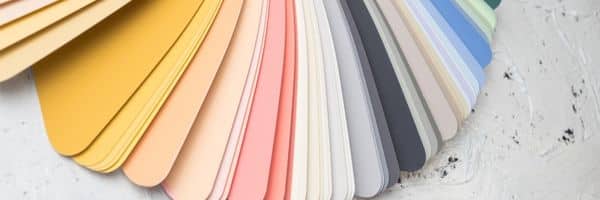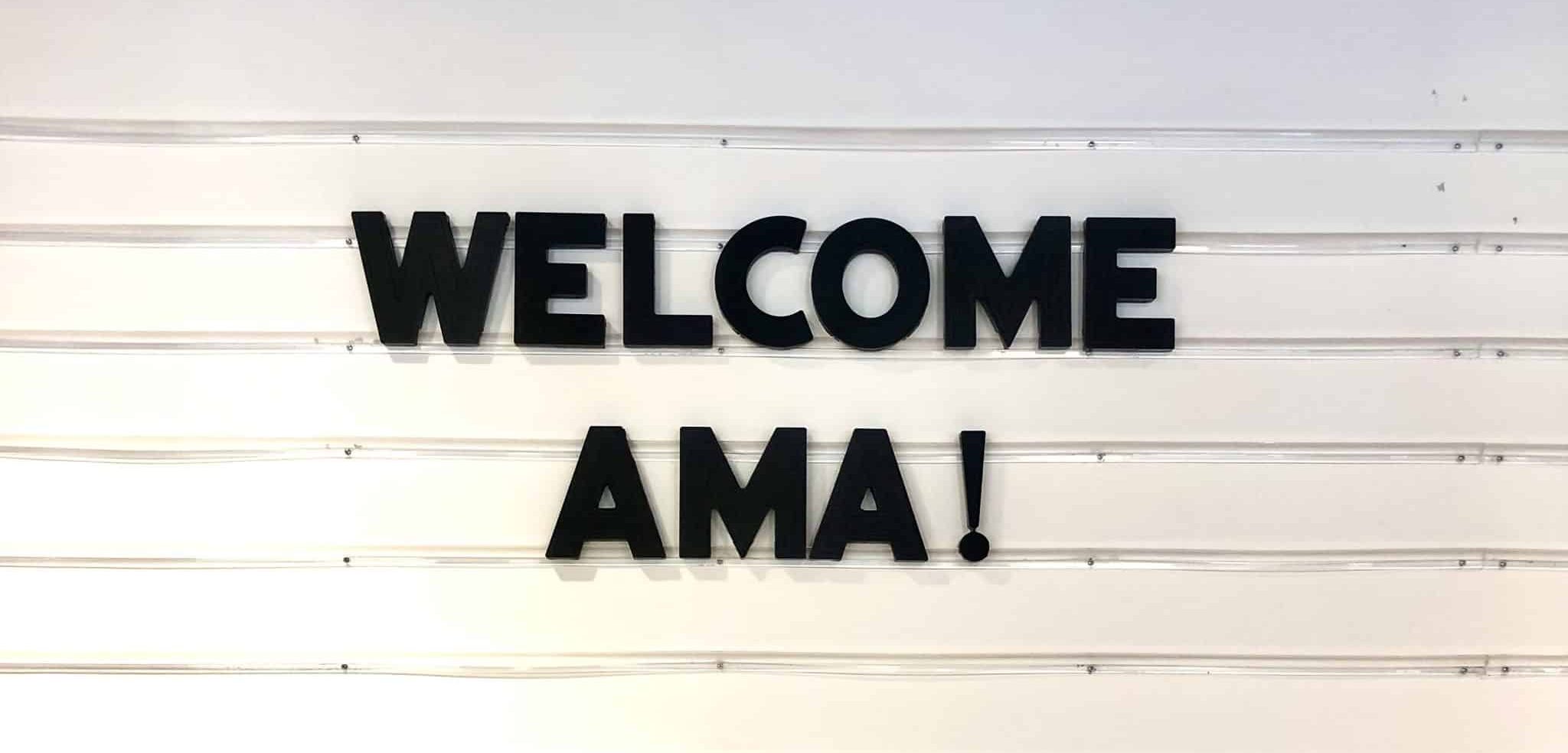Oftentimes the first step to a brand refinement is stepping back and taking a look at the building blocks of your brand. Making sure brand colors, typography (fonts), and other brand elements are cohesive yet diverse enough to achieve a functional hierarchy. If you’re asking “why does my brand need more than two colors?” this article is for you. Here are a few reasons why broadening your firm’s color palette beyond 1-3 colors is an essential first step of a brand refresh or refinement.
1. Each color has a job
Having a diversified color palette allows you to designate certain colors for certain functions. For example, if your palette has a bright color, such as orange, yellow, or light green, this color is a prime attention-catcher that can be used sparingly to highlight important calls to action, buttons, and to call out important pieces of information.
Mid-tone colors can be designated to different markets or services that your firm specializes in. Even if they are not formally assigned to these areas, having 3-4 colors in a similar tonal range can allow for breaking apart different sections in a PowerPoint presentation or in a proposal.
Having a few neutral colors is equally important to give the eye a rest and allow for contrast and hierarchy for supporting information. Neutral tones can also serve as good background colors, as alternatives to white.
Think of colors as functional tools that aid in the digestion of information.
2. Colors achieve hierarchy and break up block copy
Whether it’s a hiring brochure that details your firm’s benefits, a capabilities sheet, or a proposal, oftentimes you’ll have documents with a lot of block copy. Research indicates the necessity to break up large blocks of copy and avoid walls of text.
One great way to do this is by color coding sections, using a dedicated font style and color for subheaders, captions, titles, descriptions, instructions, etc. Again, having a range of colors to choose from helps establish a system that gives the user what they need and aids in scanning information for what’s relevant.
3. Color helps with accessibility and compliance
Accessibility standards are more important every day as companies are expected to have ADA compliant websites. A large focus of accessibility involves achieving a certain degree of color contrast throughout a website.
Commonly used color combinations such as orange text on a white background or light green text on a white background rarely have enough contrast to pass compliance. Having a palette rich in colors that span light to dark helps designers make web pages that are attractive, compliant, functional, and accessible.
4. A secondary color palette distinguishes your brand from competitors
With only two to three colors, chances are some of your competitors have the same exact brand colors. As you start to add a few unique complementary secondaries, the likelihood of achieving a distinct brand increases.
Just the same, when building out a color palette, special attention should be paid to your top competitors to assure that your colors are sufficiently different and unique.
5. It adds a level of sophistication to your brand
Many times, a new level of sophistication is a goal when we refresh a brand. When it comes to color, secondary colors should complement your primary colors in a way that achieves function without having them compete for attention for a seamless integration. Colors should complement your brand’s personality and culture, while adding a level of sophistication that takes your brand to the next level.
A means of accomplishing your goals
All brand work should start from a strategic mindset of accomplishing company goals. Your goals might be to grow. They might be to reflect the firm that you have grown to be since the last refresh. They might be to create a whole new entity.
The level of change to your current brand and color palette depends on the goals of your refresh and your attachment to the current brand. Thus, your new color palette and typography refresh might build on existing brand elements, or start from scratch. Regardless, you’ll still reap the benefits without losing what you’ve worked so hard to build!




